By Eric Peacock
Pharma marketers, media agency strategists, and medical affairs executives frequently ask what the key is to our success building authentic relationships with patients facing chronic conditions. Below are the four simple, but often skipped, steps we follow in order to build authentic relationships that will last. I hope you will try them.
4-Part Formula for Relationship Success (LPSL)
1. Listen with Empathy
Everything we do starts with listening to actual patients to understand their needs. Not KOLs or medical directors, but actual patients diagnosed with the disease you are treating. The venn diagram between what KOLs think are patient priorities and what patients think are their own priorities is not a perfect overlap. We start by listening to the millions of conversations taking place on our social networks, and we follow up with extensive quantitative research. Do not shy away from the uncomfortable questions. For example, in a survey of MyEndometriosisTeam members conducted in partnership with AbbVie and recently published in BMJ, we explored the wide-ranging effect endometriosis has on women’s lives - their education, work, relationships, life decisions, and attainment of goals. The results were stunning, with 75% of respondents reporting they have “not reached their full potential” in life because of endometriosis and approximately half of women reporting that the pain they feel during sexual intercourse is severe and lasts more than 24 hours.
To help women better understand this disease, talk with their doctors about symptoms, and manage their health and wellbeing, we worked with AbbVie to create the Endometriosis Resource Center - which has been viewed more than 268,000 times so far. We’ve also hosted a number of virtual events and Q&As with leading medical experts in the field as well as with high-profile women such as former U.S. Representative Abby Finkenauer, who are willing to share their own personal experiences. It all starts with listening, and it requires empathy every step of the way.
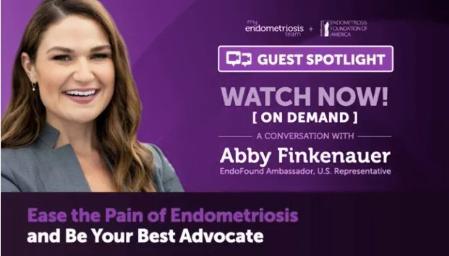
What’s Next: Now, we’re introducing a new partnership opportunity - MyHealthTeam Member Portraits - across all our online communities, that bring to life in video real stories of the real people who make up these communities, sharing their firsthand experiences with symptoms, treatments, quality of life impacts, lifehacks, and more.
2. Identify the Pressing Problem
Once in the habit of listening to consumers, it’s clear there’s no shortage of opportunities to improve the experience of living with a chronic health condition. The challenge is often figuring out where to focus. In the example above, we identified the pressing problem of pain and how the pain from endometriosis impacts quality of life. Over the past two years, we saw that people across our 42 social networks had lots of pressing questions about Covid - and, for many, these questions kept building even long after the two to three weeks Covid is supposed to run its course. Based on current estimates, about 20% - 30% of people who contract COVID-19 will develop long Covid. People facing long Covid want to understand what they can and should do now in order to prevent longer-term symptoms and complications from Covid, and they are finding it difficult to find information they can trust or that is tailored to their specific health needs and conditions.
We teamed with Discovery Health, the largest insurer in South Africa, to launch myCOVIDteam - which includes extensive resources, including foundational information, interviews with medical experts, guidance for navigating daily life, research insights and new information, and member stories. In this case, we’re tackling head-on the pressing problem of finding trusted information in a misinformation-filled world - and it’s working, with thousands of people joining this community since it launched just a few months ago.
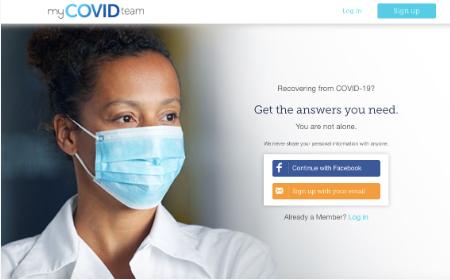
What’s Next: Now, we’re introducing a new partnership opportunity - MyHealthTeam Knowledge Centers - that provide trusted, actionable information on conditions and topics for which we do not yet have a full, dedicated social network. These centers feature data-informed, medically-reviewed content that addresses pressing questions - delivered directly to subscribers and enhanced with interactive features.
3. Provide a Solution to that Pressing Problem
The next step is to directly provide or facilitate a solution to that pressing problem. Sometimes that problem is about equity and access to care. A common topic of conversation among members of our social networks is the challenge of receiving an accurate diagnosis and starting effective treatment. This is especially true among women on MySpondylitisTeam. The harsh reality is that the typical journey to a spondyloarthritis diagnosis for women is 2.5 years longer than the typical journey for a man. During this gap, long-term damage can be done that makes the condition harder to treat. Many doctors were trained to believe this is a “man’s disease,” and the symptoms can differ by gender. Thankfully, HCP education and awareness are improving - as are testing and diagnostic approaches.
But we - along with our partners at UCB - wanted to do more. So together we launched the Women & Axial Spondyloarthritis Resource Center, which directly addresses the unique experiences and challenges women face in working with their doctors to identify and understand the condition.
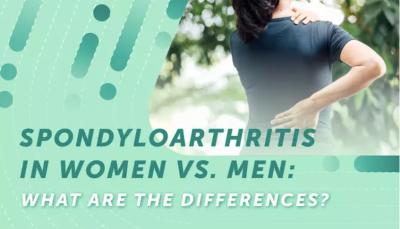
What’s Next: Now, we’re introducing a new partnership opportunity - MyHealthTeam Interactive Doctor Discussion Guides - that are specifically designed to empower people to work more effectively with their doctors. Each condition-specific guide includes a video series focused on three top questions, providing medically reviewed answers to FAQs. Each also includes a video series demonstrating productive doctor - patient conversations, helping members prepare for their next appointment. Finally, each guide can be personalized based on a member’s input and particular concerns.
4. Communicate in their Language
Finally - and the key to moving from average to stellar results in building authentic relationships - is to remember to communicate these solutions in the language used by the patients themselves. COPD patients say they try to avoid “S.O.B.’s” (meaning shortness of breath episodes), not “exacerbations” or “events.” Avoid the medical jargon and make things actionable. Clinical trials are a great example. Members of MyHealthTeam social networks say they’re interested in trials - yet a very small percentage of people ever actually participate. One reason is that many people don’t understand how trials work, how to find them if their doctor isn’t a PI, and what the benefits of a trial could be. So it’s up to us to demystify them!
A great example of this is the virtual seminar we hosted on MyVitiligoTeam a few months ago, hosted by Dr. Amit Pandya who is the resident of the Global Vitiligo Foundation. I personally have vitiligo and am a member. Dr. Pandya hosted representatives from four different competing organizations currently running trials in vitiligo and asked them to explain their trials in layman’s terms - which they did beautifully. I then interviewed two actual vitiligo patients who had participated in trials who showed how the trials repigmented their faces but did not work on their hands. It was authentic, it was transparent, and it generated a lot of interest. The feedback from the hundreds of registered attendees was that hearing directly from these pharma executives and from actual people with vitiligo, was immensely helpful in understanding the real-world opportunity and experience of participating in a trial.
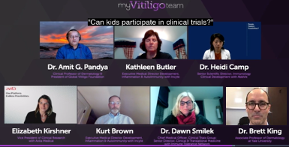
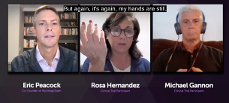
What’s Next: Now, we’re building on this approach of bringing real-world voices to life with a new partnership opportunity - the MyHealthTeam Patient Influencer Package - that features real patients sharing their experiences and helping others learn to advocate for their health. We tap into these influencers to create complementary content and amplify impact within and beyond our social networks.
Summary
You can’t go wrong following the LPSL process of listening to patients, identifying the pressing problem, marshaling the resources to solve that problem, and communicating using the language you heard in the listening phase. Over the last 10 years, MyHealthTeam has built the largest and fastest growing patient social networks in chronic health. We’ve partnered with more than thirty pharmaceutical, insurance and healthcare companies who share our commitment to improving the real-world patient experience. Together, we’ve honed this multi-pronged approach to creating authentic connections with today’s health consumers.
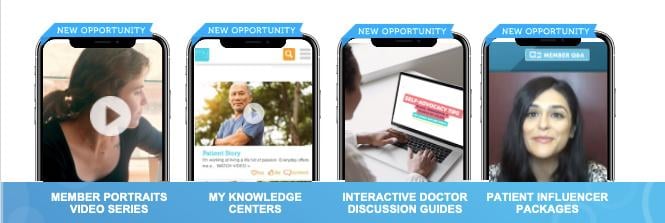
We’re excited to build on this as we continue to innovate the MyHealthTeam experience - for our members and partners alike. To share your perspective on what’s working in patient engagement today, please connect with us at [email protected].
Eric Peacock is cofounder and CEO of MyHealthTeam, creator of 40+ social networks for people diagnosed with a chronic health condition.
